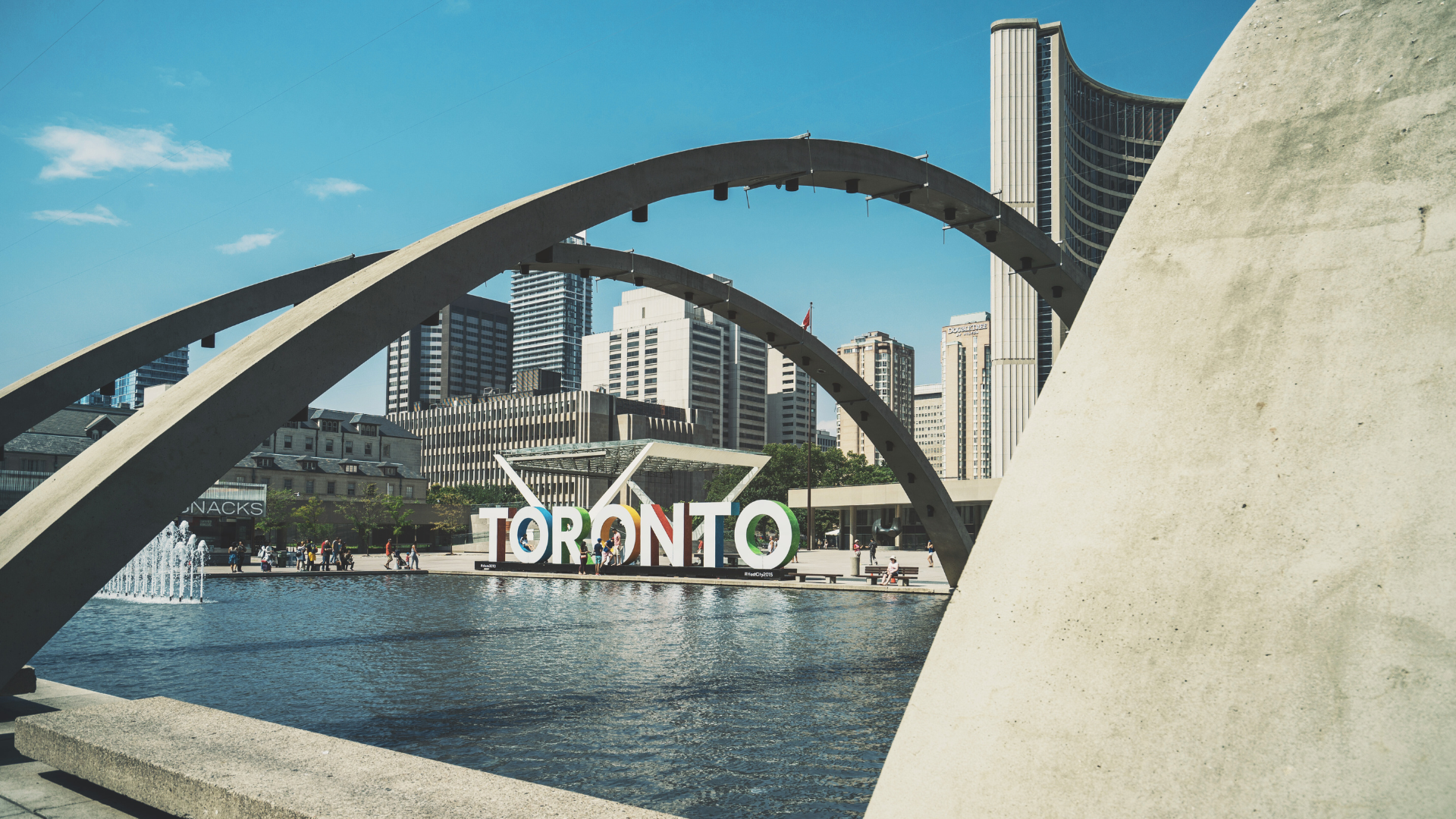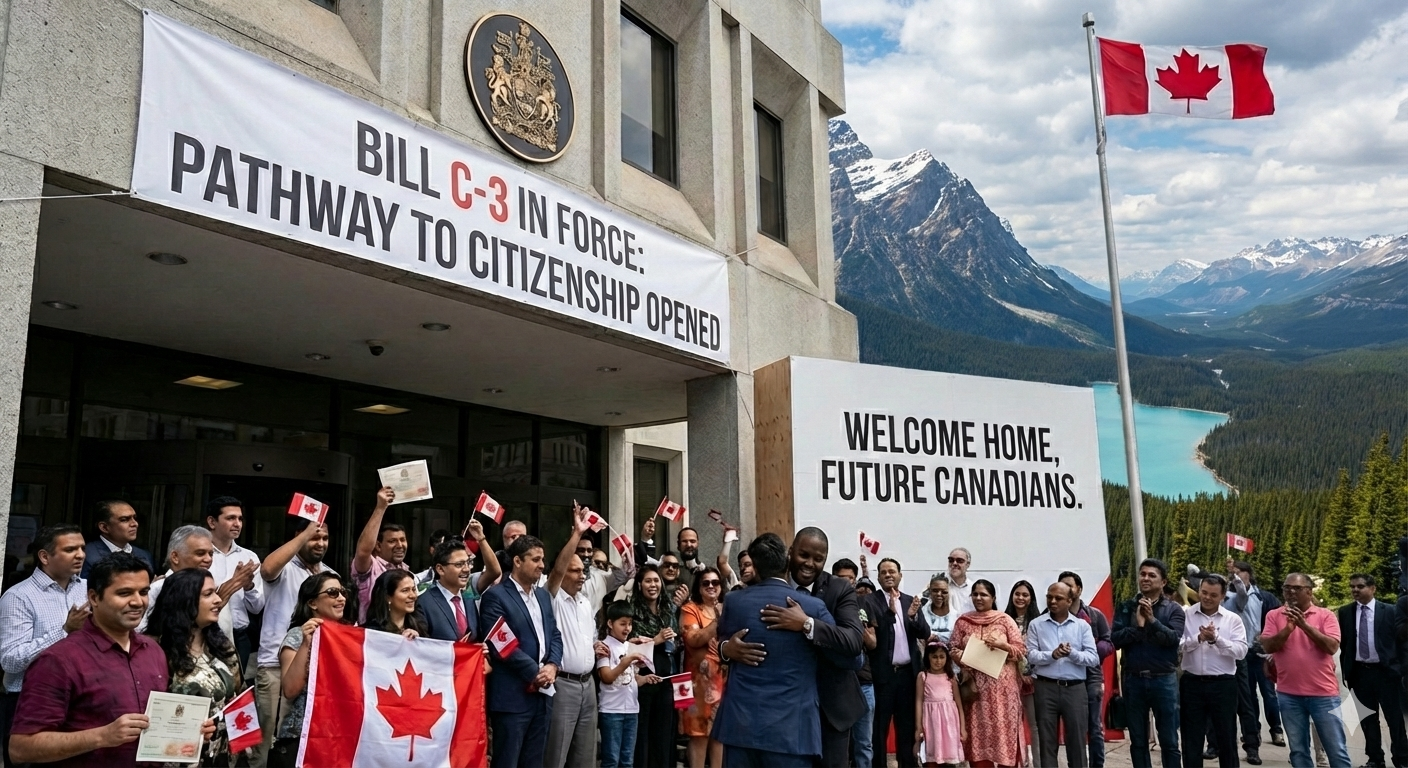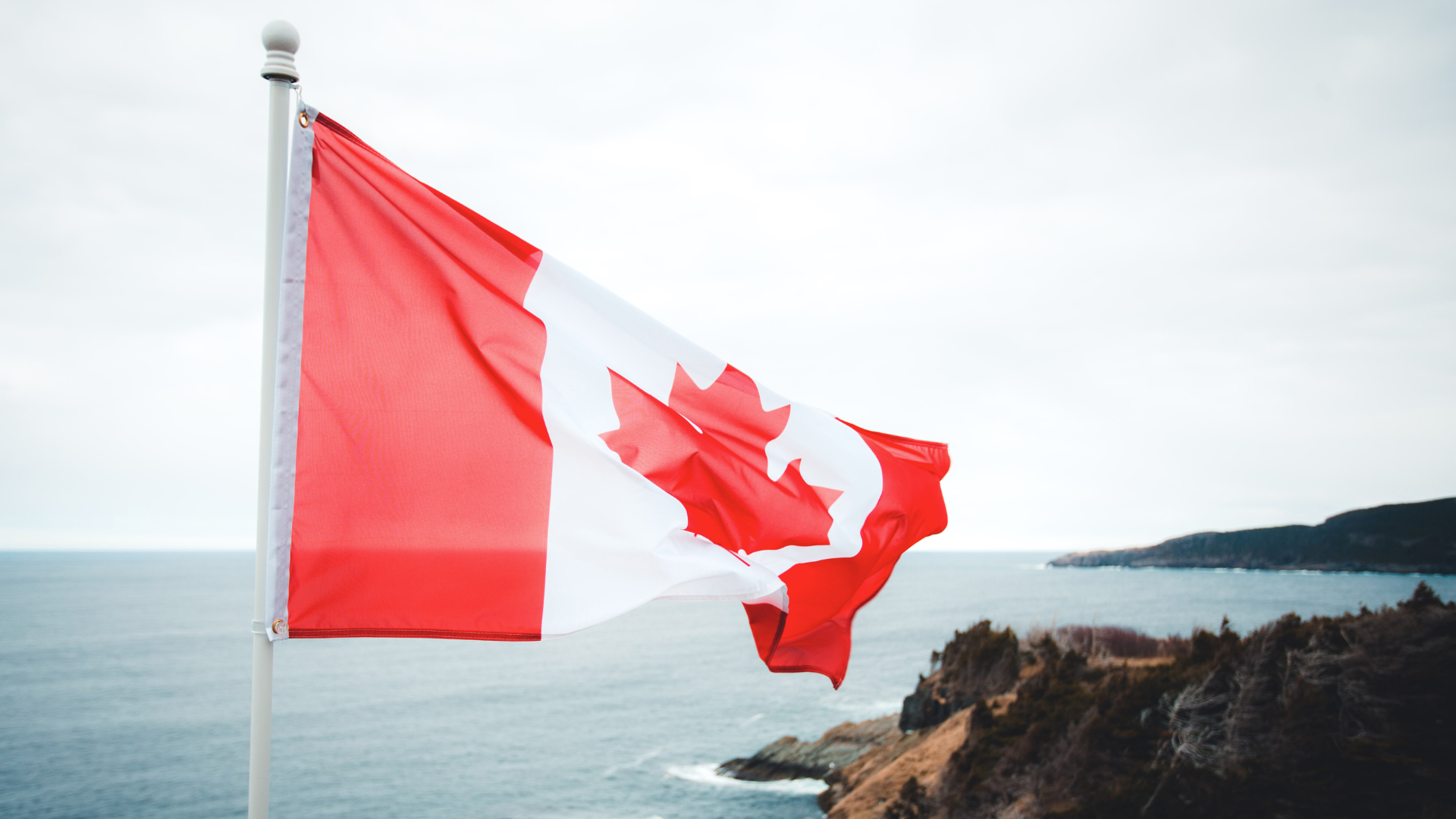Significant Changes Ahead for Canada's Permanent Resident Numbers: What You Need to Know

Big changes may be on the horizon for Canada's immigration
system. In a recent interview with CTV News on August 26, Marc Miller, the
Minister of Immigration, Refugees, and Citizenship, hinted at possible shifts
in the country’s permanent immigration levels.
Potential Changes to Permanent Immigration
Levels
Minister Miller revealed that he is exploring various
options to adjust the number of permanent residents Canada welcomes. He
emphasized that these changes could be substantial rather than minor tweaks.
When pressed for details, Miller stated that "all options are on the
table," indicating that the upcoming Immigration Levels Plan could include
major adjustments.
Currently, 60% of Canada's immigration intake is dedicated
to economic immigrants, a figure that Miller noted is "unprecedented"
compared to other countries. The Minister suggested that this balance might be
reconsidered, although he cautioned against making drastic cuts, stressing the
importance of a "thoughtful" approach. He highlighted that during the
COVID-19 pandemic, immigration played a crucial role in preventing Canada from
sliding into a recession.
What is the Immigration Levels Plan?
The Immigration Levels Plan is an annual document released
by the federal immigration department. It outlines the number of new permanent
residents Canada aims to welcome each year and sets targets for the next three
years. This plan guides the operations of Immigration, Refugees, and
Citizenship Canada (IRCC) and is updated every year to reflect the country's
evolving needs.
A Year of Change for Canadian Immigration
Minister Miller’s remarks come at a time when public
support for immigration in Canada has seen a decline. Polls from 2023 show that
many Canadians are concerned about the impact of immigration on housing
availability and overall affordability.
In response to these concerns, IRCC has already started
implementing measures to manage the number of temporary residents—such as those
on work or study permits, or visitor visas. Notably, for the first time,
temporary resident levels will be included in the upcoming Immigration Levels
Plan.
Some of the steps taken by IRCC so far include:
- Capping
study permits for international students.
- Increasing
domestic permanent residence draws to prioritize applicants
already in Canada.
- Limiting
low-wage temporary foreign workers in areas with high
unemployment rates.
In his interview, Minister Miller acknowledged that more
changes are likely to come, with some measures expected to be announced this
fall. Prime Minister Justin Trudeau echoed these sentiments, emphasizing the
need for Canada to maintain a balanced approach to immigration—one that
supports newcomers while ensuring they have clear pathways to success.
Immigration Targets and Future Adjustments
As of last year, IRCC decided to freeze immigration levels
at 500,000 new permanent residents per year through to 2025. These targets are
set to continue through 2026, but they could be adjusted based on Canada’s
needs.
The Importance of Immigration to Canada
While immigration remains a hot topic in Canada, its
importance to the country’s future cannot be overstated. Nearly all of Canada’s
labor market growth is due to immigration, which is increasingly vital as the
population ages and more workers reach retirement age.
Moreover, Canada’s social systems—including healthcare,
pensions, education, and housing—rely heavily on a growing population. Reducing
immigration could have negative consequences for these essential services.
As discussions continue and the Immigration Levels Plan is
finalized, Canadians and prospective immigrants alike will be watching closely
to see what changes lie ahead.






